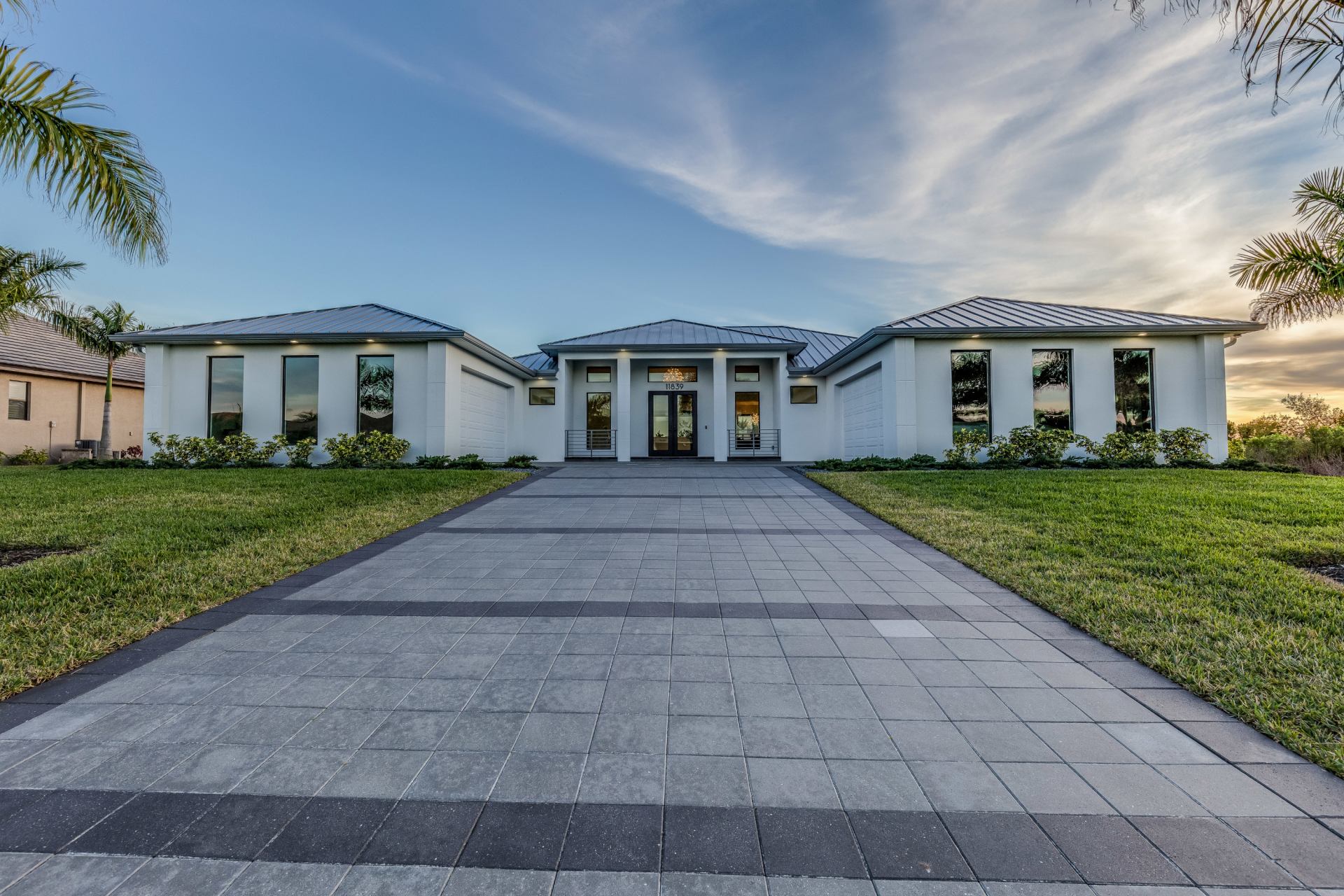DSCR loan using rental income only to qualify
Didier Malagies • June 3, 2024
Ask a Mortgage Question
Use the form below and we will give your our expert answers!
203H Ask A Question
Start Your Loan
with DDA todayYour local Mortgage Broker
Mortgage Broker Largo See our Reviews
Looking for more details? Listen to our extended podcast!
Check out our other helpful videos to learn more about credit and residential mortgages.

✅ Why mortgage rates can rise even when the Fed cuts rates Mortgage rates don’t move directly with the Fed Funds Rate. Instead, they are primarily driven by the 10-year Treasury yield and investor expectations about inflation, recession risk, and future Fed policy. Here are the main reasons this disconnect happens: 1. Markets expected the rate cut already If investors already priced in the Fed’s cut weeks or months beforehand, then the cut itself is old news. When the announcement hits, mortgage rates may not fall—and often rise if the Fed hints at fewer future cuts. 2. Fed cuts can signal economic trouble Sometimes the Fed cuts because the economy is weakening. That can cause: Investors to worry about higher future inflation, or A “risk-off” move where money leaves bonds Both of these drive the 10-year yield UP, which pushes mortgage rates UP even though the Fed cut. 3. Bond investors wanted a bigger cut If markets expect a 0.50% cut but the Fed only delivers 0.25%, that’s seen as “too tight.” Result: 10-year yield jumps Mortgage rates move higher 4. Fed messaging (“forward guidance”) matters more than the cut Example: The Fed cuts today, but says: “We may need to slow or pause future cuts.” That single sentence can raise mortgage rates, even though short-term rates just went lower. 5. Inflation surprises after the cut If new inflation data comes in hot after a Fed cut, the bond market panics → yields go up → mortgage rates go up. Quick summary Fed Cuts Rates Mortgage Rates Move ✔ Expected or priced in Can rise or stay flat ✔ Fed hints at fewer future cuts Often rise ✔ Inflation remains sticky Rise ✔ Economy looks unstable Rise ❗ Only when 10-year yield falls Mortgage rates fall tune in and learn https://www.ddamortgage.com/blog didier malagies nmls#212566 dda mortgage nmls#324329

New conforming loan limits increase to $832,750, which is great considering we have had price decreases on homes this year. So if you put down 3% the purchase price would be $858,051, and 5% down would be $876,578. Why would that matter? Well, you go above, and you are in Jumbo territory, where you have to put 20% down vs the 3% or 5% down. So, really great news that there is an increase, and when rates do come down, there will be all the homeowners who have the low interest rates, probably make a move to either downsize or upsize on their home, which will create activity and an increase in home prices. So overall, exciting to see the loan amounts increase to help offset the higher home prices tune in and learn https://www.ddamortgage.com/blog didier malagies nmls#212566 dda mortgage nmls#324329



